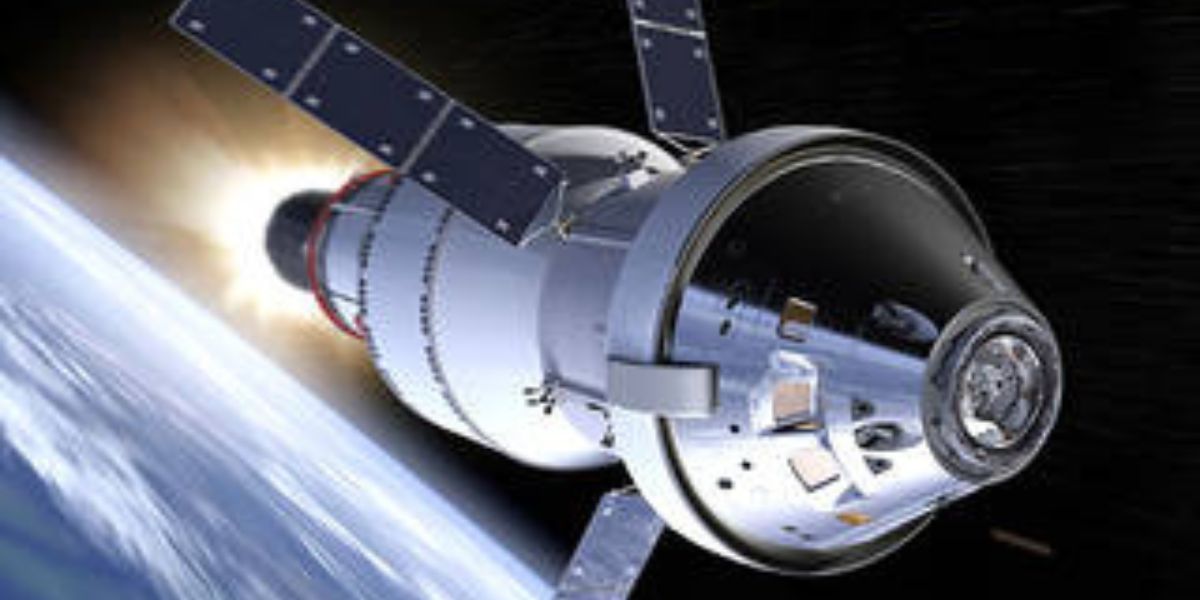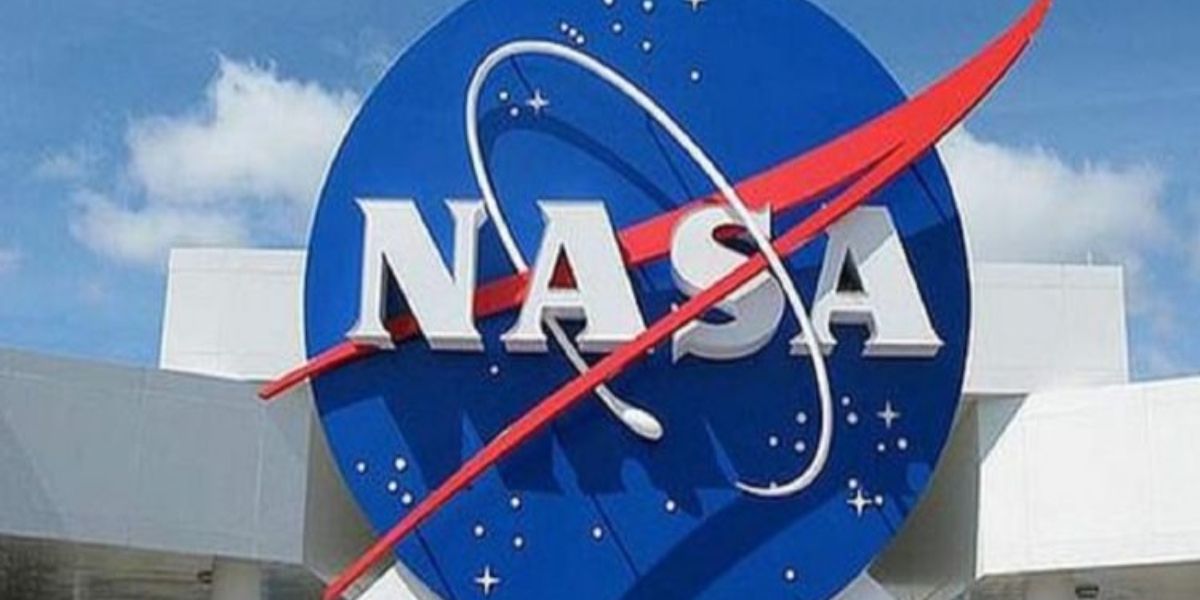In the ever-changing world of technology and retai...
news-extra-space

 The Project Work
Microchip will design the HPSC processor so that NASA can use it for future lunar and planetary missions for the next three years. In addition, the space agency has made a $50 million firm-fixed-price contract to work with Microchip, contributing significant research and development expenses to complete the project.
Reports say that Microchip's latest processor architecture will provide the flexible processing power to "ebb and flow" that relies on current operational requirements. This means that specific processing functions could be turned off when not in use, thus reducing energy consumption.
According to NASA, this feature would conserve a tremendous amount of energy and enhance its computing efficiency throughout its space missions.
The Project Work
Microchip will design the HPSC processor so that NASA can use it for future lunar and planetary missions for the next three years. In addition, the space agency has made a $50 million firm-fixed-price contract to work with Microchip, contributing significant research and development expenses to complete the project.
Reports say that Microchip's latest processor architecture will provide the flexible processing power to "ebb and flow" that relies on current operational requirements. This means that specific processing functions could be turned off when not in use, thus reducing energy consumption.
According to NASA, this feature would conserve a tremendous amount of energy and enhance its computing efficiency throughout its space missions.
 Moreover, the new processor might come with its own applications on Earth. NASA explains that its latest technology might help commercial systems on Earth that need similar advanced computing features that are mission-critical for various space explorations. They require the system to be safe enough to continue its space operations even when one component of the system fails to function.
The potential space computing system and applications include:
Moreover, the new processor might come with its own applications on Earth. NASA explains that its latest technology might help commercial systems on Earth that need similar advanced computing features that are mission-critical for various space explorations. They require the system to be safe enough to continue its space operations even when one component of the system fails to function.
The potential space computing system and applications include:
Leave a Reply






